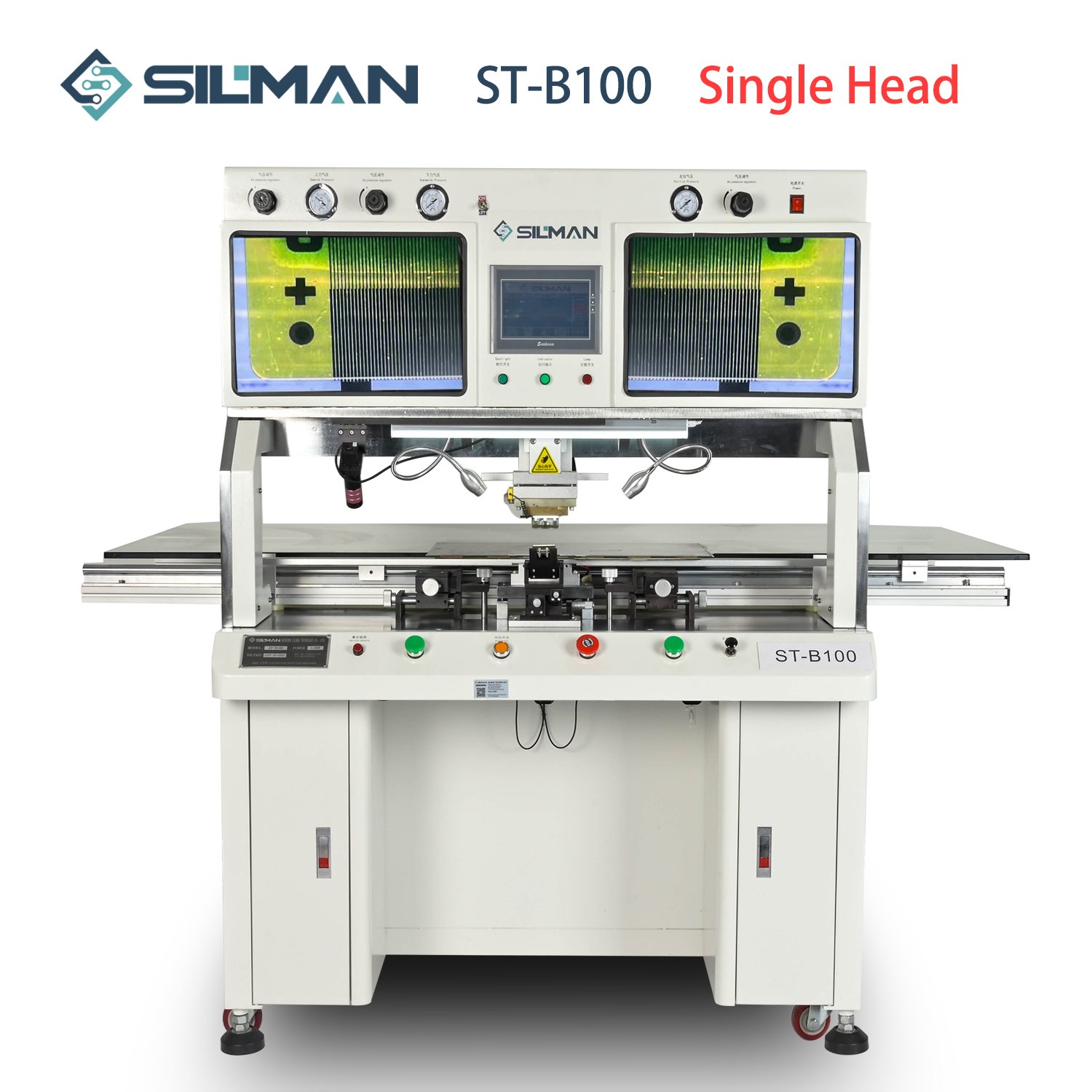Flux is one of the most critical auxiliary materials in the electronics industry, directly affecting the quality and stability of electronic product assembly processes. With the rapid development of the modern information electronics industry, the demand for flux has increased significantly, raising the standards for flux selection. Flux mainly consists of activators, solvents, surfactants, and specific components. Specific components include corrosion inhibitors, antioxidants, film-forming agents, etc. To select a suitable flux that meets the requirements of wave soldering processes, it is essential to first understand its various technical performance indicators correctly:
Specific Gravity: Fluxes have a significant difference in density between the solvent carrier and other components. Loss of flux due to volatilization during storage and use leads to changes in specific gravity. Therefore, specific gravity can reflect changes in flux concentration when necessary, making it a control index in production.
pH Value: Flux removes metal oxides from the surface of soldered metals through an acidic reaction. The lower the pH value, the stronger the acidity of the flux, and the better its ability to remove oxides. However, excessive acidity can lead to over-reactions and corrosion of the metal substrate. Therefore, the acidity of flux should match the sensitivity of the metal material. For high-precision soldering, overly acidic fluxes are not suitable or require thorough post-solder cleaning.
Halogen Content: Halogens have a strong electron-capturing ability. A small amount of halogens can significantly improve the weldability of flux. However, the presence of halogens not only creates environmental pressures but also directly affects the stability of the product. Therefore, the halogen content of flux depends on the application scenario.
Electrochemical Migration: Electrochemical migration is a further standard for the surface layer’s insulation resistance, providing insight into the flux’s stability under harsh conditions. A higher value of this index is more advantageous for post-solder product stability.
In addition to the detailed considerations of the performance parameters mentioned above, other factors include surface layer insulation resistance and copper mirror corrosion. The corrosiveness of flux further tests the direct impact of acidity on the substrate. Furthermore, the selection of flux should be based on the type or technical requirements of the electronic products to be assembled. Ultimately, rigorous testing and effective evaluation of the selected flux must be carried out.
